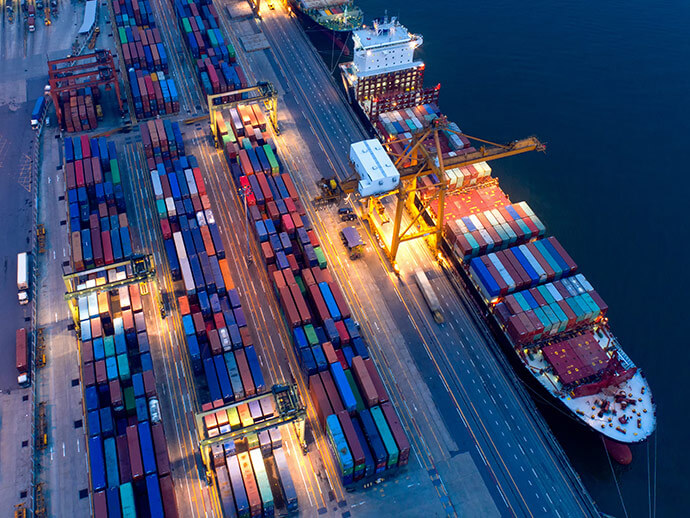The Long Beach Container Terminal has a long and illustrious history that dates back to the early part of the 20th century and can be found at the Port of Long Beach, which is located in the state of California. The port itself was founded in 1911, but it wasn’t until the 1950s that construction on the container terminal that we are familiar with today began in earnest.
The Long Beach Container Terminal was the first facility of its kind to be opened by a port in the United States when it was inaugurated in 1956 by the Long Beach Port. This event was a significant landmark in the annals of the history of international commerce since it represented the beginning of the widespread utilization of containerization for the shipping of commodities. Before this, most freight was loaded and unloaded by hand, which was a process that was both time-consuming and demanding of physical effort. Containerization, on the other hand, enabled the effective loading and unloading of goods through the use of cranes, which resulted in a significant reduction in both the amount of time required for transportation and the cost.
The Long Beach Container Terminal maintained its expansion and development throughout the succeeding decades by incorporating new technologies and expanding its physical infrastructure. The terminal was responsible for introducing the first computerized cargo tracking system in the United States in the 1970s, which significantly streamlined operations at the facility. In the 1980s, the port saw the opening of a brand-new container terminal that was outfitted with the most cutting-edge, cutting-edge technology available, including enormous cranes and complex computer systems.
The Long Beach Container Terminal is currently recognized as both one of the busiest and one of the most technologically advanced container terminals in the whole world. It is an important gateway for commercial traffic between Asia and North America, processing millions of twenty-foot equivalent units (TEUs) of goods each year and acting as a conduit for such traffic. It is one of the largest ports in the United States and a crucial location for import-export for many different sectors all over the country since the Terminal is a component of the Long Beach port complex, which itself is part of the Long Beach port complex.
In recent years, the port has also begun using more sustainable methods in its operations in order to reduce the negative impact it has on the environment. Some of these efforts include the utilization of electric cranes and trucks that run on alternative fuels.
Overall, the Long Beach Container Terminal has been an important contributor to the development of the current global economy. It has done this by fostering growth in both trade and the economy as a whole through its highly effective and technologically advanced business practices.



